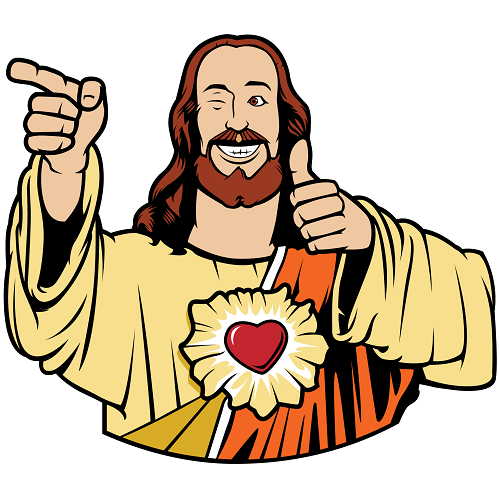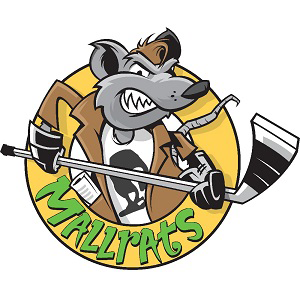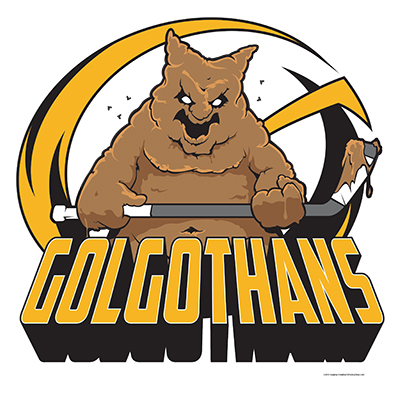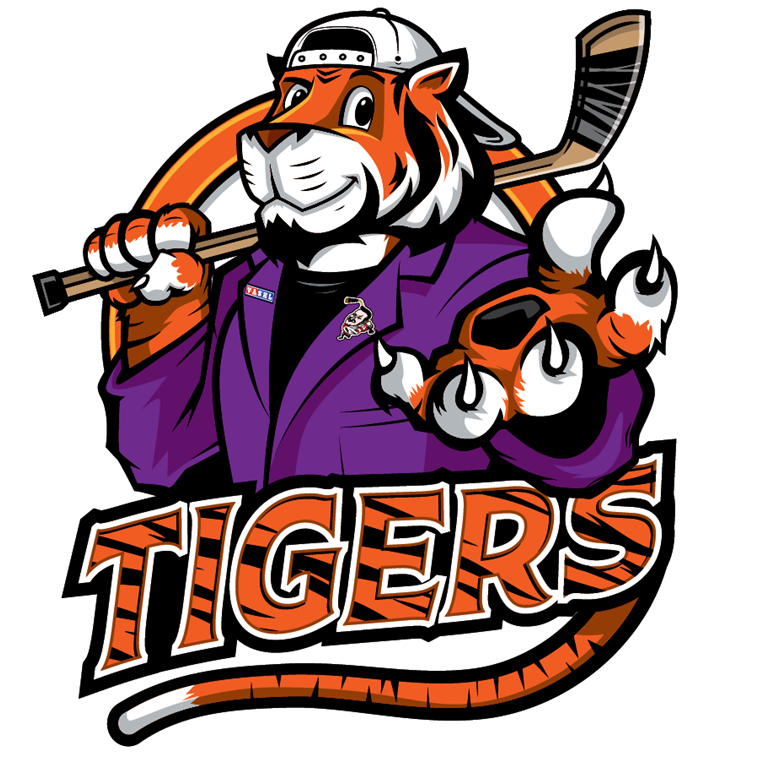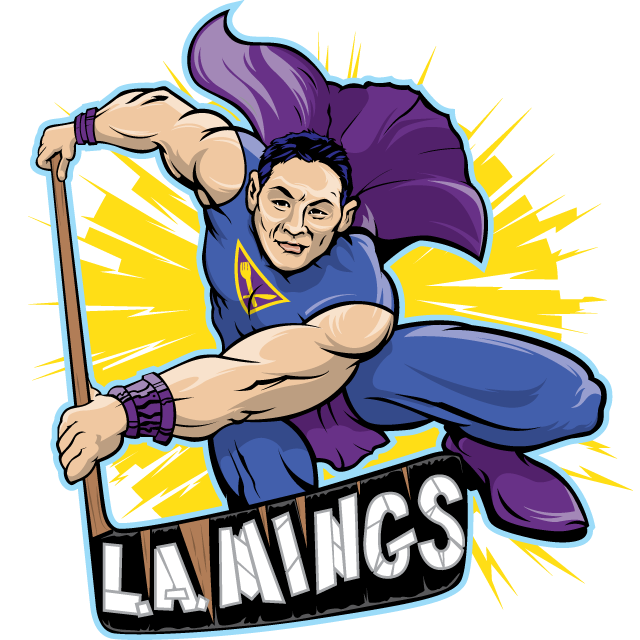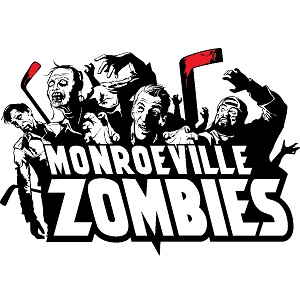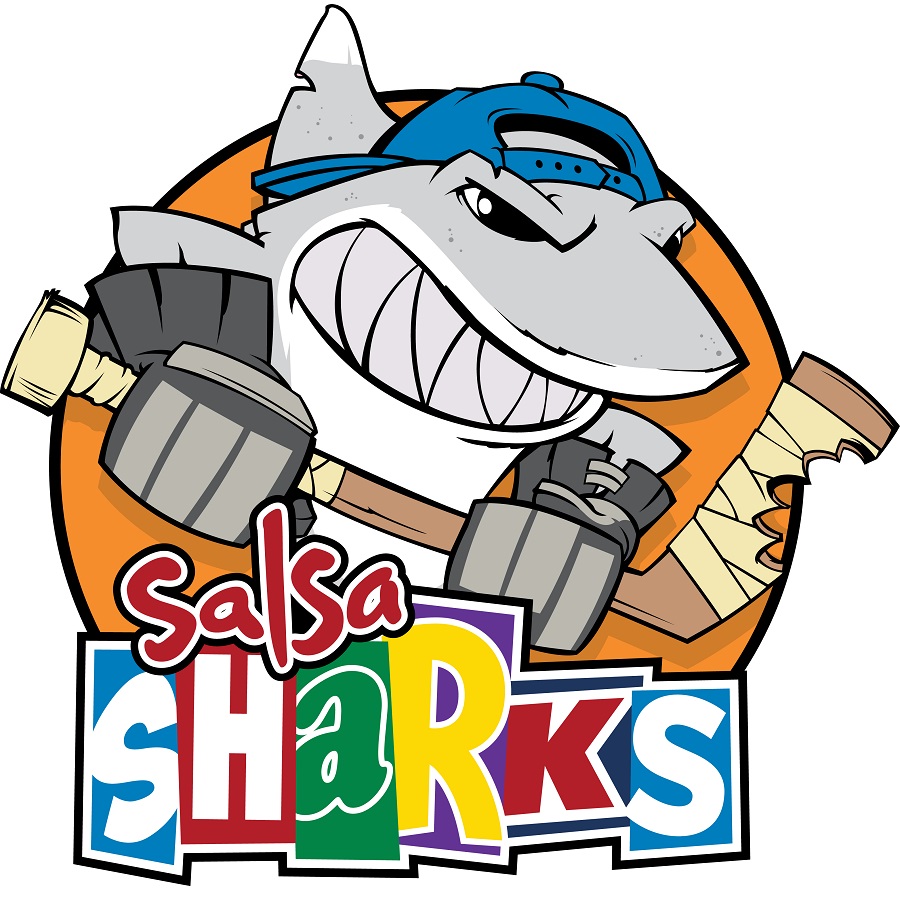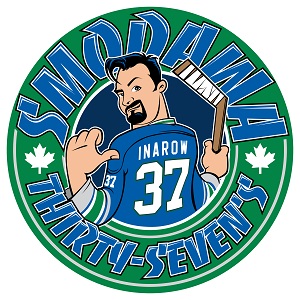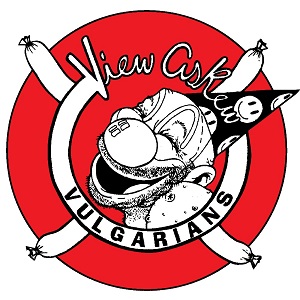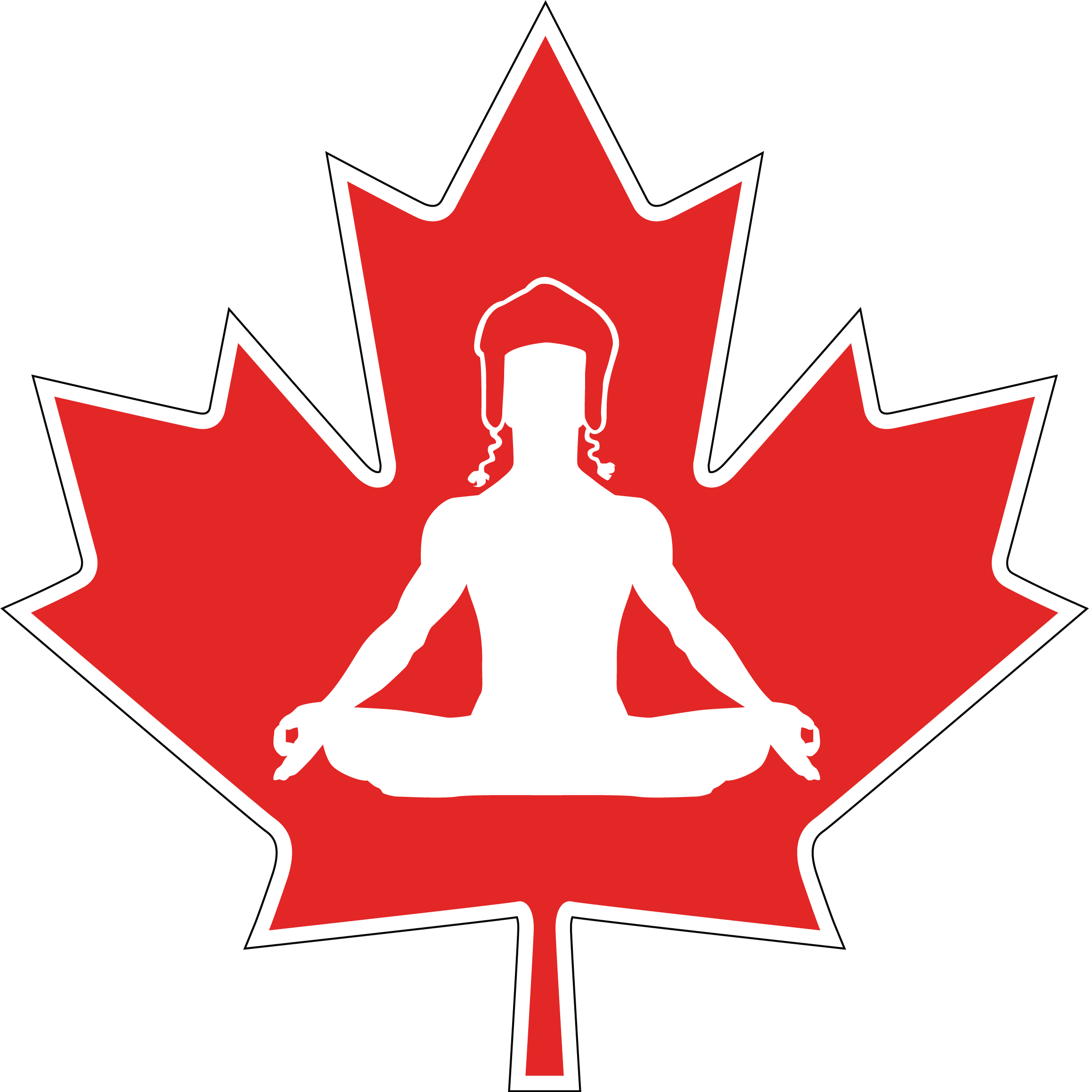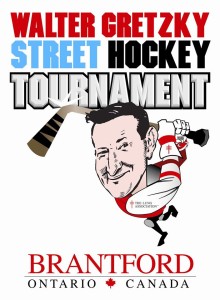 The Walter Gretzky Street Hockey Tournament is an outdoor ball hockey event held each June in Brantford, Ontario, Canada. It is named for Walter Gretzky, a Canadian best known as the father of NHL legend Wayne Gretzky.
The Walter Gretzky Street Hockey Tournament is an outdoor ball hockey event held each June in Brantford, Ontario, Canada. It is named for Walter Gretzky, a Canadian best known as the father of NHL legend Wayne Gretzky.
The VASHL has participated in the tournament since 2009.
Brantford is very well known as a “hockey town” and the Gretzky family is known for their love of hockey too.
In 2010, this great tournament was recognized and established a Guinness World Record for the largest Street Hockey Tournament in the world with 205 teams with just over 2,096 participants.
After the death of Phyllis Gretzky, the matriarch of the Gretzky clan, Wally and his family have enthusiastically partnered with the Ontario Lung Association to raise funds for research.
Since 2012, the Walter Gretzky Street Hockey Tournament has been hosted by and supported the Lung Association. During this time The Lung Association has raised and contributed $82,276.00 toward lung research, thanks to participation from teams all over North America.
RULES & REGULATIONS
Each team must have a minimum of 4 players plus a goalie but may have a maximum of 10 players plus a goalie on its roster.
Rosters may be expanded prior to the close of the registration deadline, but not thereafter. No roster changes/substitutions are allowed after the first scheduled game. Some roster changes may be permitted prior to the team’s first scheduled game, but it is up to the discretion of tournament officials to approve any player changes / additions. Tournament officials reserve the right to check ID at any time throughout the event and to disqualify players and/or their entire team for submission of false information, use of non-roster players, unauthorized substitutions, and/or bad sportsmanship of any kind. All players’ names must be listed on the score sheet before each game.
All playing rules shall follow those outlined in the 2012-2014 Hockey Canada Official Playing Rules with exceptions noted below.
All games will be played 4 on 4 plus the goaltender. A team may play without a goaltender at any time during the match. Start of game and halves will be by face-off at the centre. Teams will start the first half attacking towards their bench’s half of the surface.
Floating blue line off sides will be enforced. Once the offensive team gains the blue line, the zone is now extended to the red line. If the ball leaves the zone (passes the red line), the players must tag up on the blue line, allow the ball to re-enter the zone ahead of them and then retake the zone.
The ball will change possession after every goal scored. The ball will be taken behind the defensive team’s net and the offensive team must clear the blue line until any of the defensive team’s players passes the blue line. During play, alternates can substitute as teams deem necessary. No stoppage in play is necessary to make substitutions.
There can be no goaltender changes made during games, except in the case of injury.
When the ball is covered by the goaltender, the defending team gets possession of the ball in the defensive zone. The other team must give the team with the ball the blue line to make a play. The team with possession is allowed 5 seconds to put the ball in play.
When a ball leaves play:
If the ball goes out over the backdrop off the offensive team: The defending team receives possession of the ball in the defensive zone.
The opposing team must give the team with the ball the blue line to make a play. The team with possession is allowed a maximum of 5 seconds to put the ball back into play.
If the ball goes over the backdrop off the defensive team:
The team on offense receives possession of the ball at the place closest to where the ball left play. The defending team must allow the offensive team 3 meters of space to make a play. The team on offense is allowed a maximum of 5 seconds to put the ball back into play. If the ball leaves play at either side of the rink the team that the ball did not go off of receives possession at the spot where the ball left play. The defending team must give the offensive team the defensive blue line to make a play.
After a goal is scored:
There is no face-off. The team that was scored on gets possession immediately. The scoring team must clear to the red line, once the offensive team passes the red line the defensive team may attack.
After a penalty shot attempt:
There is no face-off. The penalized team receives possession of the ball in the defensive zone regardless of the penalty shot being successful or unsuccessful. The team that was scored on gets possession immediately. The shooting team must clear to the red line, once the offensive team passes the red line the defensive team may attack.
TIME Teams will be given a 2-minute warm-up before each game. A 5-minute forfeit allowance will be strictly enforced. Clock will continue to run when game commences. Lost time will not be made-up. All games will be 30 minutes; two 15 minute halves.
TIE-BREAKER POLICY
Round Robin games may end in a tie with the following tie-breaker rules in effect to determine teams to advance to championship round:
1. Points
2. Head to Head record
3. Number of wins
4. Fewest goals allowed in round robin play
5. Goals scored minus the goals against in round robin games
6. Goals scored in round robin play
7. Flip of a coin
Elimination games ending in a tie will be decided by a five minute sudden victory overtime followed by a Shootout.
See below for Shootout rules.
PENALTIES
Infractions as defined in 2012-2014 Hockey Canada Official Playing Rules shall be enforced. Infractions which result in a minor penalty assessment in ice hockey will result in a penalty shot at the time of the infraction. Time will be stopped for penalty shots. Major penalties will result in a penalty shot and the removal of the player who has committed the infraction.
Any player that gets penalized three times during one game for incidents mentioned above will be disqualified from participating in the remainder of that game. Any stick which is waived at a ball above the player’s shoulders will be penalized with a penalty shot as it is considered high sticking. Contact does not need to be made for a penalty to be called, if the referee deems the player was careless with their stick a high sticking penalty may be called.
Regardless if a goal is scored or not the defensively team takes the ball behind their net.
Any individual on the surface at the time of the infraction can take all penalty shots for a team if it so chooses (i.e. the shot does not have to be taken by the player that was infracted).
No protests are allowed. Decision of officials is final.
Overtime & Shootout Rules – Elimination Games Only
At the end of regulation time, in the event of a tie game, there will be a 5 minute sudden-victory overtime.
If the score remains tied after the overtime period, the game will move to a shootout. The shootout will be 3 shooter format, with the team leading at the end of the round being declared the winner. Teams may determine the order at the time of the shootout. Players may not repeat as shooters until the full roster (excluding goaltender) has shot. The home team will determine which team shoots first. The shooters are allowed one shot, no rebounds and forward motion only. Referees will make the final decision on legal goals.
The shootout will continue in this format until there is a winner.
Players ejected from the game for any reason (three penalties or other infractions) may not participate in the overtime or shootout.
EQUIPMENT
Goaltenders should bring their own goaltender equipment. The Referee reserves the right to reject the use of this equipment if it is deemed unsafe or unfair to the opposing team.
Sticks and running shoes will NOT be provided and are required by all participants.
All sticks are subject to examination by the referee prior to each game. Any type of stick (wood, graphite, plastic blade, etc.) can be used, but if the stick is chipped, sharp, or deemed potentially dangerous at any time before or during game action, its use will not be allowed. Curves of all kinds are welcome; all true street hockey players know that there is no such thing as an illegal curve in ball hockey. Players MUST wear gloves for hand protection.
Equipment (17 years of age and under): CSA approved helmet with a full facemask, elbow pads, protective gloves (approved ice hockey, lacrosse or ball hockey gloves), jock or jill strap, and shin pads are mandatory.
Teams must wear matching jerseys or shirts.

